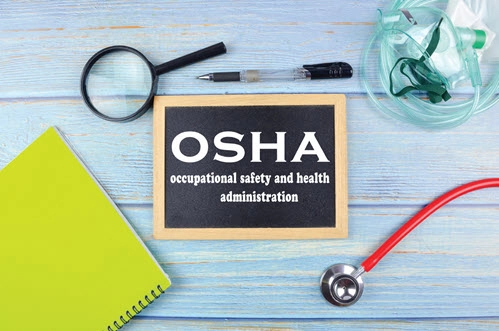See the Latest OSHA Guidelines on COVID-19
Tip: Ensure patients’ privacy and rights are protected, too. A recent release offers new advisory guidance from the Occupational Safety and Health Administration (OSHA) with a glimpse at mandatory COVID-19-related requirements to come. Lowdown: On Jan. 29, OSHA issued a new guidance document, “Protecting Workers: Guidance on Mitigating and Preventing the Spread of COVID-19 in the Workplace.” The guidance aims to “inform employers and workers in most workplace settings outside of healthcare to help them identify risks of being exposed to and/ or contracting COVID-19 at work and to help them determine appropriate control measures to implement,” OSHA says on its website. OSHA issued the guidance in response to the “Executive Order on Protecting Worker Health and Safety” signed by President Biden on Jan. 21, the day after his inauguration. Caveat: While providers may be careful to follow Centers for Disease Control and Prevention (CDC) guidance in patient care, they may not be quite as stringent in their back offices and other non-patient-care areas. OSHA notes that its recommendations in the guidance are “advisory.” However, don’t be surprised to see them turn mandatory soon. The executive order requires OSHA to “consider whether any emergency temporary standards on COVID-19, including with respect to masks in the workplace, are necessary, and if such standards are determined to be necessary, issue them by March 15, 2021.” “If OSHA moves forward with issuing an emergency temporary standard (ETS), we expect that many of the recommendations in this guidance will become part of the ETS,” say attorneys Mark Duvall, Jayni Lanham, and Deepti Gage with law firm Beveridge & Diamond in online analysis. OSHA, similar to HIPAA, is in the business of protecting people’s health, data, and rights. This new release touches on several COVID-19 matters and ideas to inform staff about the dangers of the virus while ensuring the workplace is safe. Consider asking yourself these OSHA-inspired questions as you plan on how to train staff, manage COVID-19 cases among employees, and communicate the protocols — and the dangers — of the virus: Resource: Review the OSHA guidance is at www.osha.gov/coronavirus/safework.

